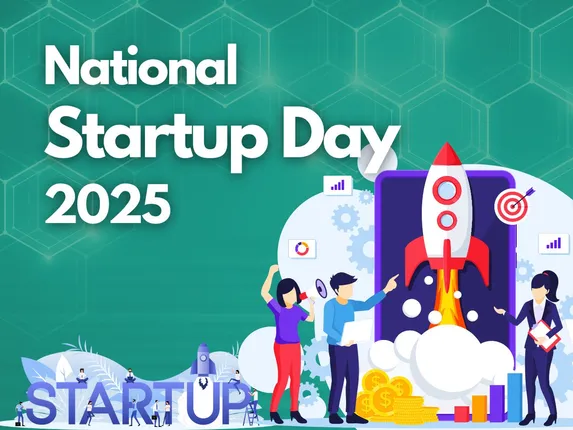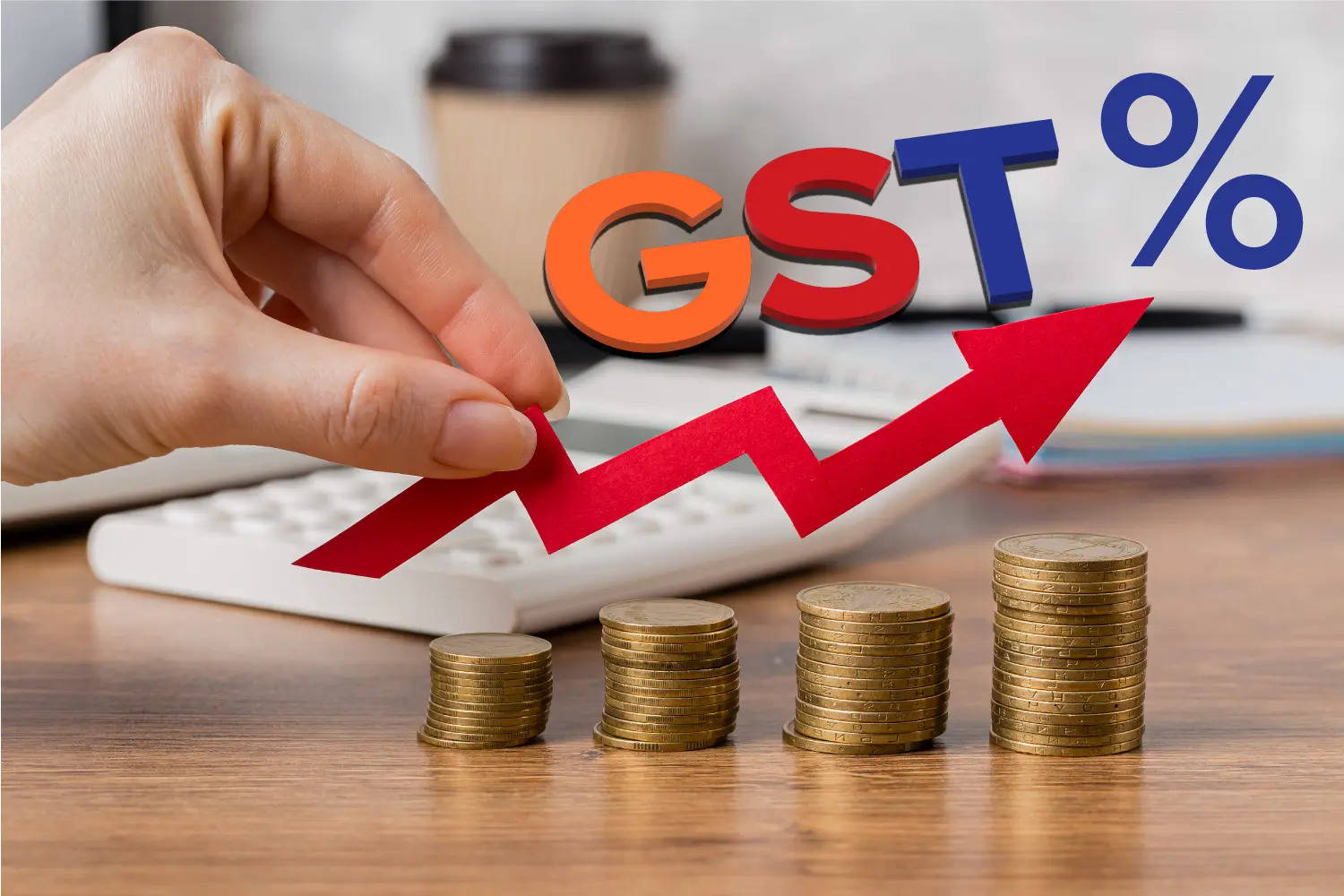Back
Poosarla Sai Karthik
Tech guy with a busi... • 5m
India’s digital economy has already touched ₹15.8 lakh crore. That is over $190B. And we are just getting started. By 2030, this number is expected to reach ₹83 lakh crore, or $1T. The number of online shoppers has already crossed 23.8 crore and is projected to hit 50 crore by the end of the decade. On an individual level, digital spend is around ₹66,400 or $800 and is expected to touch ₹1.66 lakh or $2000 very soon. The scale is massive and only growing. Now let us talk about how Indians are engaging with this digital economy. We are a smartphone-first country. About 77% of the population now uses smartphones, which means roughly 46.6 crore people. Indians are spending 47 hours a week online on average. That is a huge jump from just 16 hours in 2014. We also have the cheapest mobile data in the world at ₹12 per GB. More than 45 crore people are mobile-only internet users now. This is not a trend. This is a fundamental shift in how India connects, shops, learns, and pays. Digital payments have completely changed the flow of money. UPI transactions in 2024 alone crossed ₹3.11 crore crore which is about $3.1T. UPI AutoPay mandates jumped from just 5 lakh in 2022 to 37 lakh now. Interestingly, more than half of UPI transactions are below ₹500. Small-ticket spending has become a part of daily life. OTT subscriptions, which were once considered niche, have grown from ₹830 crore to ₹24,900 crore in value. People are comfortable spending money digitally, no matter the amount. E-commerce is witnessing serious momentum. We are already at ₹12 lakh crore and headed toward ₹24 lakh crore by 2030. Quick-commerce, the kind of service where you get groceries in ten minutes, is already worth ₹42,000 crore and is projected to grow to ₹2.5 lakh crore. What this shows is simple—people are spending more and they are spending faster. The decision window has gone from hours to minutes. If you are building for this market, a few things matter more than anything else. Products priced between ₹99 and ₹499 work best for most of Bharat. People in Tier 2 and Tier 3 cities prefer content in their own language rather than English. Do not run behind just growth numbers. Focus on recovering your customer acquisition cost and keeping your cohorts strong. That is how you build something sustainable. Trust, ease of use, mobile-first design, and UPI are not features anymore—they are expected. And remember, small is not small here. Micro-spending at scale is a massive opportunity. Start with volumes, not margins. India is not preparing to enter the digital economy. We are already in it. The next leap is all about trust, consistency, and understanding the value of the ₹200 wallet. This is the India to build for.
Replies (2)
More like this
Recommendations from Medial
Vikas Chokkar
Chief Technical Offi... • 7m
India’s Advertising Market: Quick 2025 Snapshot India’s ad industry is booming — thanks to digital growth, economic momentum, and changing consumer habits. Market Growth: In 2023, it hit ₹93,166 crore (up 8.6%) 2024 is forecasted to grow 11.8% to
See More
Swamy Gadila
Founder of Friday AI • 4m
🚀 Should India Start Charging Fees for High-Value UPI Transactions? UPI is a world-class digital payments system — fast, free, and inclusive. But there's a hidden cost: 💸 Infra cost of ₹0.10–₹0.30 per transaction 🏦 Over ₹1,000 crore/month just t
See MoreMahendra Lochhab
Content creator • 11m
National Startup Day was started by PM Narendra Modi on 16 January 2016. Till 2015, there were 450 startups in the country, whose number has increased to 1.57 lakh today. Currently there are 118 unicorn startups in the country. Startups have provide
See More
Download the medial app to read full posts, comements and news.





































